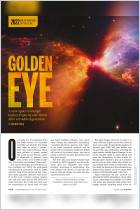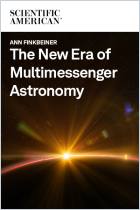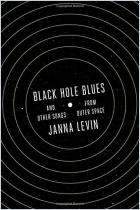Únase a getAbstract para acceder al resumen.

Únase a getAbstract para acceder al resumen.
Daniel Clery
Flashes in the Scan
A Homespun Telescope in Western Canada Could Solve the Mystery of Fast Radio Bursts by Detecting Dozens Each Day
Science, 2019
¿De qué se trata?
After billions of light years of travel, radio flashes arrive to face dozens of hypotheses.
Recommendation
The signals last only a few thousandths of a second. But they are strong enough to be detected on Earth, billions of light years away. What kind of object could be emitting them? Astronomers will know which of their four dozen hypotheses are correct, if any, only after collecting lots of data. A new telescope in Canada, CHIME, is starting to provide them with that data. Veteran science journalist Daniel Clery takes the reader with him into the observatory to witness the exciting hunt. The article with inspire anyone fascinated by the nature and origins of the universe.
Summary
About the Author
Daniel Clery is deputy news editor at Science magazine. He is the author of A Piece of the Sun: The Quest for Fusion Energy.

















Comment on this summary